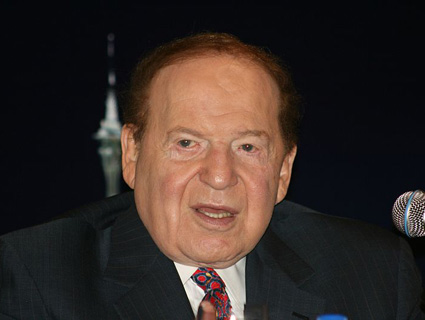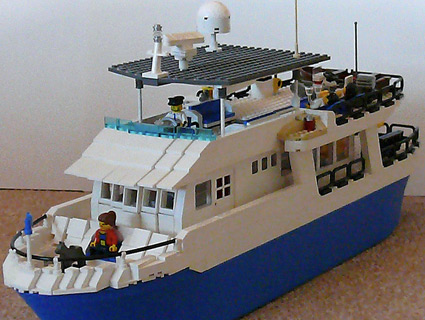
<a href="http://www.shutterstock.com/cat.mhtml?lang=en&search_source=search_form&version=llv1&anyorall=all&safesearch=1&searchterm=dictionary+money&search_group=&orient=&search_cat=&searchtermx=&photographer_name=&people_gender=&people_age=&people_ethnicity=&people_number=&commercial_ok=&color=&show_color_wheel=1#id=103140485&src=d0507b10bd185d4bbe715df452fa333e-1-9">anaken2012</a>/Shutterstock
It finally happened: The term “Super PAC” will be added to the dictionary. Politico reports that the term is expected to appear in Merriam-Webster’s Collegiate Dictionary and Third New International Dictionary, Unabridged. The publication also talked to the woman responsible for the coinage:
anaken2012/Shutterstock
Eliza Newlin Carney, the reporter who first coined the term in print on June 26, 2010, while working at National Journal…never imagined that a word she made up would find its way inside the big book. “I had a feeling it’d catch on, but not like this,” said Carney, now with Roll Call…The term replaces the far more technical “independent expenditure-only political action committee.”
“Super PAC” will appear along with other recently approved words, including “energy drink,” “sexting,” “mash-up,” “game changer,” “gastropub,” “man cave,” the Oprah-coined “aha moment,” and “f-bomb.”
Super-PACs have spent upward of $700 million during the 2012 elections, and have attracted nearly endless controversy. Here’s a frame of reference to demonstrate just how relevant they were to this election season: In 2012, the New York Times published the term “super PAC” 1,126 times between January 1 and November 15. In 2010, the paper only published it three times.













